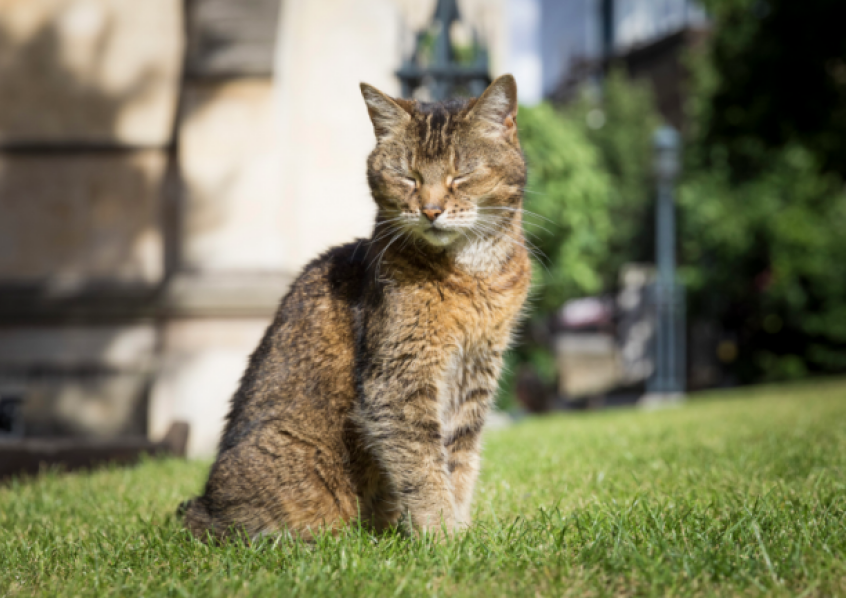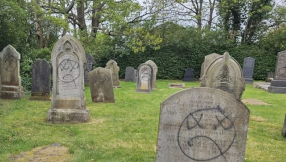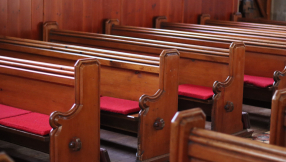A stray cat that wandered into a London cathedral a decade ago has been immortalised in the building's stone renovations, the first addition in 200 years.

'Doorkins Magnificat' – affectionately named after the door she entered in Southwark Cathedral and the Song of Mary, with a nod to the famed atheist campaigner Richard Dawkins – has had her face carved in stone as a corbel.
The decision to choose Doorkins for the carving was made by students, who also chose local heroes, suffragette Evelyn Sharp and police officer Wayne Marques, who fought off the three London Bridge attackers last year.
'I hope when people see the corbel of the cat they'll say why on earth is a cat here,' Reverend Andrew Nunn told the BBC.
'And that somebody will be around to tell the story of a little lonely stray cat who wondered into a church and found herself at home and maybe they'll wander in and find themselves at home as well.'
The corbel was designed and carved by Miriam Johnson who is a student at the City & Guilds London Art School.
Doorkins also stars in a book written by congregation members Lisa Gutwein and Rowan Ambrose. She has her own Twitter account, @DoorkinsM, and line of merchandise.
Additional reporting by Reuters.













